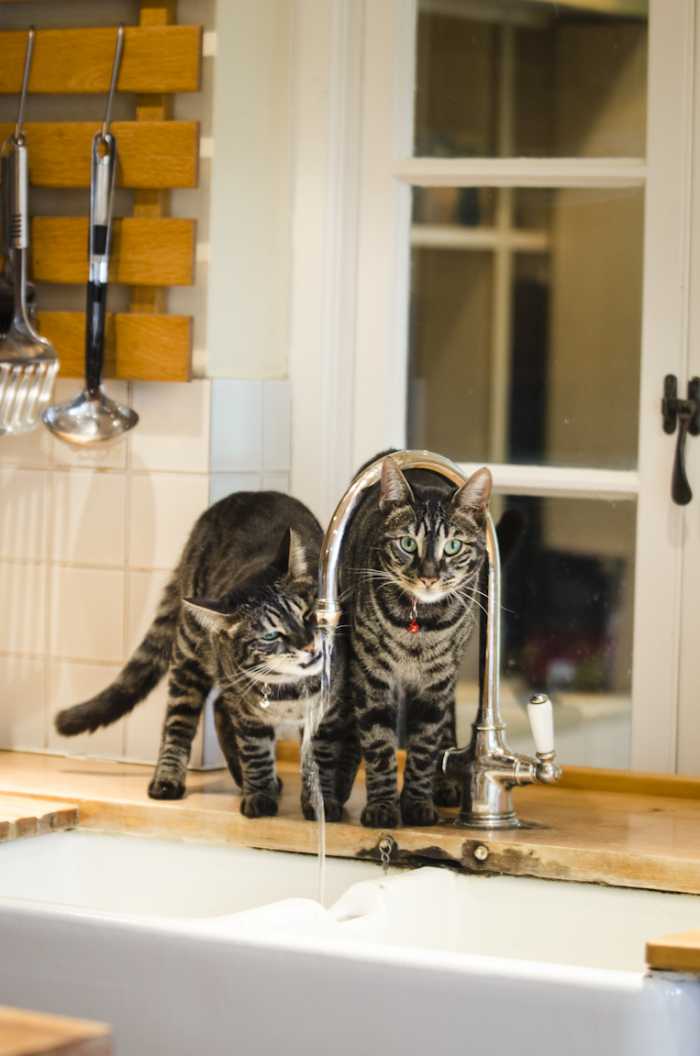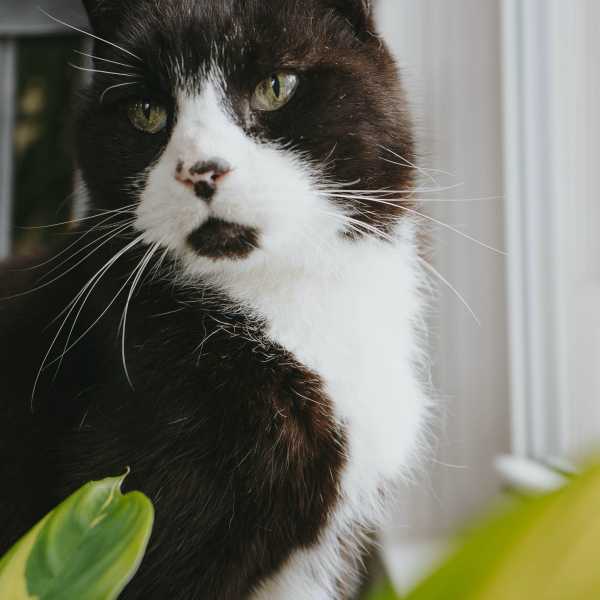
Katzenworld - Cat Whispering – top tips to understand feline behaviour
Posted on 7 November, 2016

Dogs are fairly straightforward to understand, they wag their tails when happy, jump up when excited and pleased to see us, and they will learn to sit, lie and offer their paw willingly – especially if a treat or two is presented.
Cats on the other hand, are more independent and on the surface less domesticated. One minute they can be affectionate and cuddly, the next they can look irritated and aloof.
I run the nation’s leading home and pet sitting company, Homesitters Ltd and our homesitters are responsible for looking after other people’s pets and homes while they’re away. The majority of animals we care for are cats and dogs so our homesitters have become experts in understanding their behaviour.
Being able to read some of the subtle body signals that cats use to communicate can make looking after them a hugely rewarding experience.
Cats are very sensitive to change so when our homesitters are looking after one for the first time, they are patient and don’t try to touch the cat if it’s clear they don’t want to be touched.
We asked our homesitters for their advice on how to read and understand cat behaviour. Here are their top tips:
- Holding their tails high – just like dogs, cat’s tails tell us a lot about how they are feeling. If they greet you with their tail held up they are happy to see you. If it’s tucked between their legs or wagging they may not be so happy.
- Relaxed walking – if the cat is walking slowly around the room, ears in a relaxed position and pupils not dilated they are very happy. Flattened ears, tail down and dilated pupils on the other hand indicate something is up or they are not happy to be near you.
- Crouching and tail tucked into body – if a cat is doing this and their body is held very tight then again they don’t want to be near you. Take some time and just ignore them. They should come round once they relax again.
- Rolling and showing its belly – this kind of behaviour usually indicates a relaxed cat that would be happy for you to stroke it. Be careful though if you don’t know the cat well. They can swipe you very quickly with a sharp claw, even if they are just playing.
- Rubbing their heads against your leg – cats will head-butt people they like with their foreheads and chins as a way of showing affection. This also leaves a scent which is also a form of communication and identification.
- Stretching and yawning – a movement that is used to release tension and relax. Cats may do this after waking up or to show you they are relieved you are home.
- Kneading – cats love working their paws on a soft surface such as your duvet or your lap. It stems from when they were young and they massaged their mother’s teats to get the milk. It means the cat is really happy!
- Meowing – a cat also uses vocal sounds to communicate. A cat may ‘meow’ for many reasons, to say hello, because they want some food or they have bought you a ‘gift’ (a bird or mouse!)
- Purring – is a sign of contentment; growling, hissing and spitting means the cat is annoyed and should be left alone. A howl indicates the cat is in distress or in unneutered and unsprayed cats; it can be part of a mating ritual.
So that’s just a few of the ways our feline friends communicate. Next time you spend some time with your cat, see how many ways you can notice they are communicating with you.
To read the original story, please click here.
Tags:



